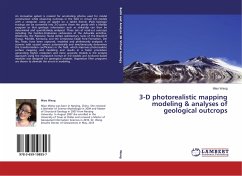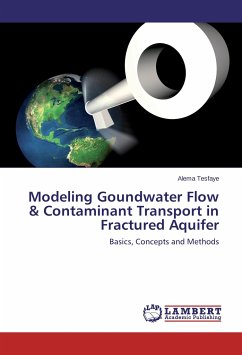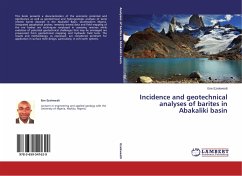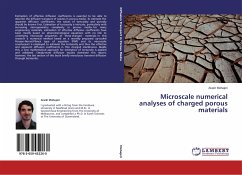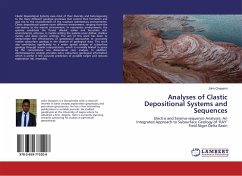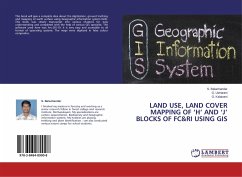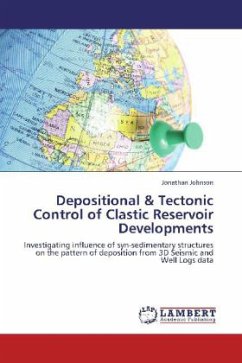An innovative system is created for annotating photos used for model construction while observing outcrops in the field or virtual 3-D models with a computer using an applet on a tablet (herein iPad). Geologic tracings can be converted into 3-D points (from the pixels) with a Matlab program so that geologic information such as strike/dip can then be determined and quantitatively analyzed. Three sets of road-cut outcrops including the Cambro-Ordovician carbonates of the Arbuckle anticline, Oklahoma, the Paleozoic fluvial deltaic sedimentary rocks of the Breathitt Group, Pikeville, Kentucky, and the Cretaceous Eagle Ford Formation, Del Rio, Texas, have been captured, modeled and preliminarily analyzed. A scanner with coaxial camera automatically and simultaneously determines the transformation coefficients in the field, which improves photorealistic surface mapping and modeling and results in a faster procedure generating higher resolution and more accurate models. A 3-D analysis approach using the multipatch format of 3-D models and ArcScene-based modules was designed for geological analyses. Vegetation filter programs are shown to diminish the errors in modeling.
Bitte wählen Sie Ihr Anliegen aus.
Rechnungen
Retourenschein anfordern
Bestellstatus
Storno

